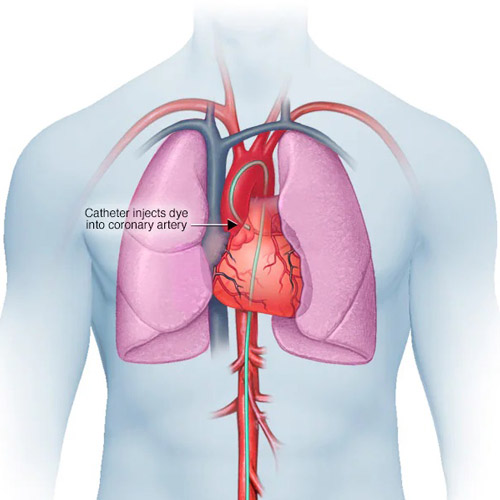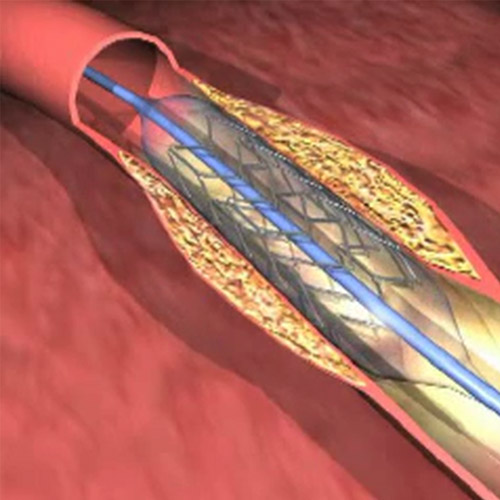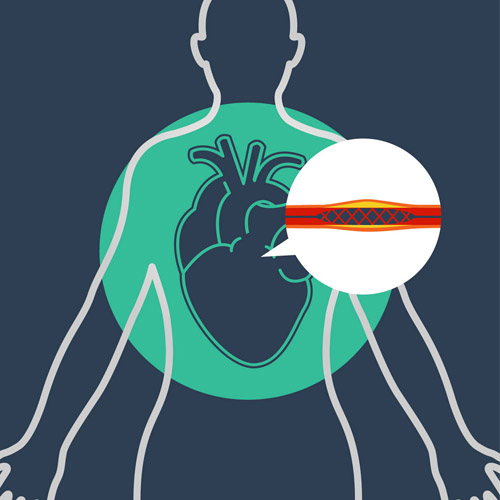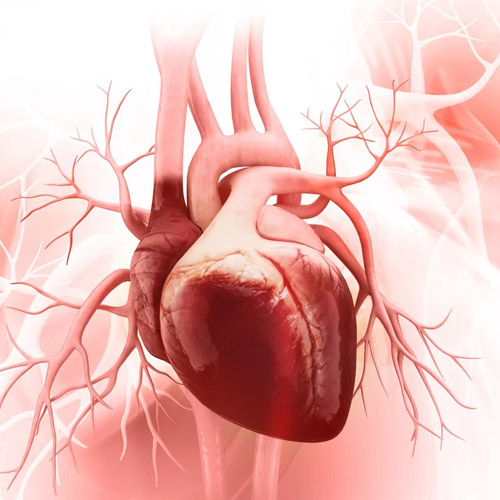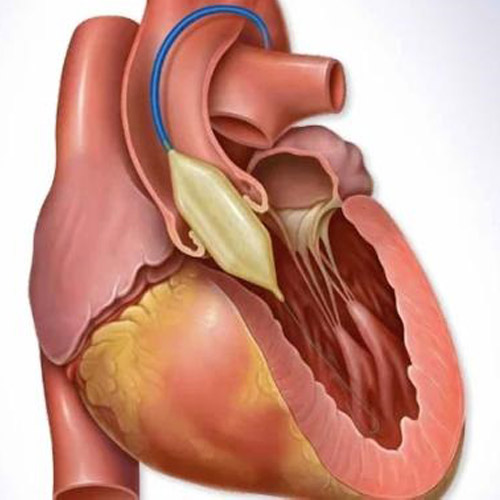Coronary Angiography
Constricting blood flow to the heart may result in a series of heart problems that ultimately increase the chances of heart attack, heart failure, and stroke. A coronary angiogram is the most common test administered by cardiologists to detect a blocked artery that causes restricted blood flow.
This cardiac diagnosis test is very useful and at times is followed by coronary angioplasty.
It is an X-Ray imaging technique and the most common cardiac diagnosis test. During an angiogram, a catheter is introduced to the arteries through the skin in the groin or hand. A small amount of iodine solution is injected into each artery via the catheter. This procedure helps reveal existing blockages in the arteries.
